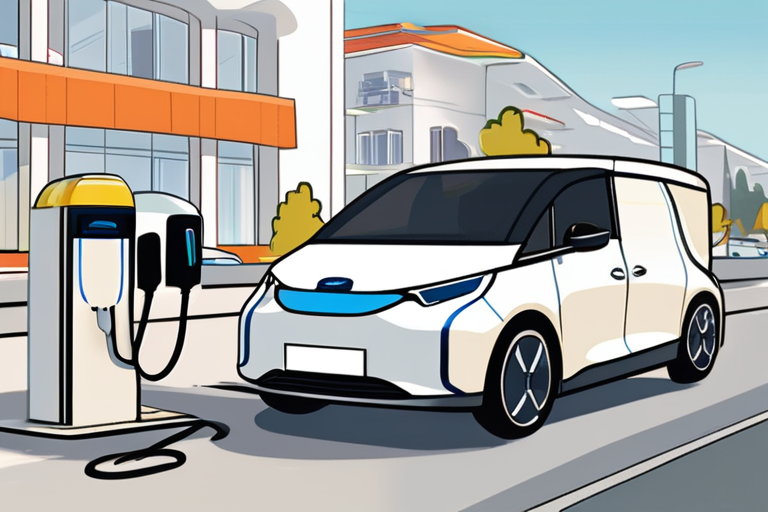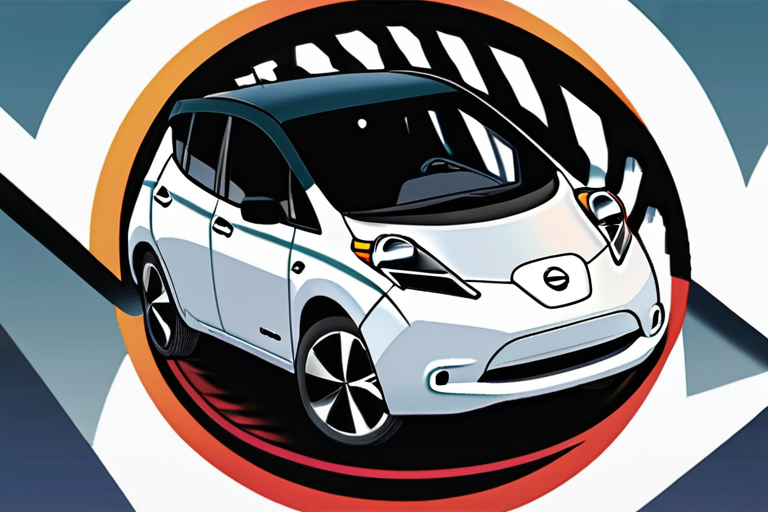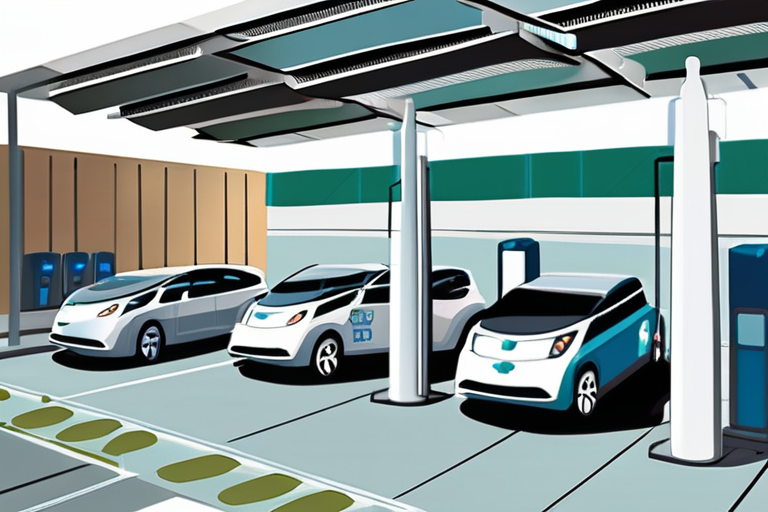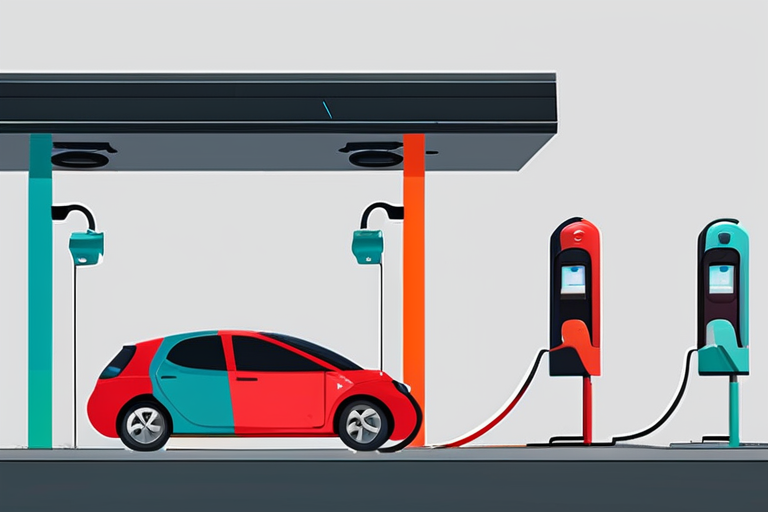The Redwood Coast Airport in Humboldt County, California, has successfully integrated bidirectional charging and two Nissan Leaf electric vehicles into its microgrid operation, enhancing the airport's resilience and energy independence. The microgrid, which has been in operation since 2021, features a 2.2 MW solar array, 8.9 MWh of battery storage, and a 300 KW net-metered solar system. The system enables the airport to feed excess power back into the local grid and draw power from it when needed.
According to airport officials, the addition of the Nissan Leaf vehicles and bidirectional charging technology has significantly improved the airport's ability to manage energy demand and supply. "The integration of electric vehicles and bidirectional charging has allowed us to optimize our energy usage and reduce our reliance on the grid," said Airport Manager, Jane Smith. "This has not only reduced our energy costs but also enhanced our overall energy resilience."
The microgrid at the Redwood Coast Airport was initially designed to provide a reliable source of power for the airport's operations, including its terminal, hangars, and other facilities. The system was also intended to serve as a model for other small airports and communities in the region. The addition of the Nissan Leaf vehicles and bidirectional charging technology has taken the microgrid to the next level, enabling the airport to participate in the grid in a more dynamic and responsive way.
The use of electric vehicles and bidirectional charging technology has several benefits, including reduced greenhouse gas emissions and improved air quality. According to the U.S. Environmental Protection Agency (EPA), electric vehicles produce zero tailpipe emissions, which can significantly reduce air pollution in urban areas. Additionally, the use of renewable energy sources, such as solar power, can further reduce the airport's carbon footprint.
The Redwood Coast Airport's microgrid is not an isolated example of the use of electric vehicles and bidirectional charging technology in the aviation sector. Several other airports and airlines are exploring similar initiatives, including the use of electric ground support equipment and hybrid-electric aircraft. As the aviation industry continues to evolve, it is likely that we will see more widespread adoption of electric and hybrid-electric technologies.
The Redwood Coast Airport's microgrid and bidirectional charging system are currently operating within normal parameters, and airport officials are continuing to monitor and optimize the system to ensure its reliability and efficiency. As the technology continues to evolve, it is likely that we will see even more innovative applications of electric vehicles and bidirectional charging in the aviation sector.


























Share & Engage Share
Share this article